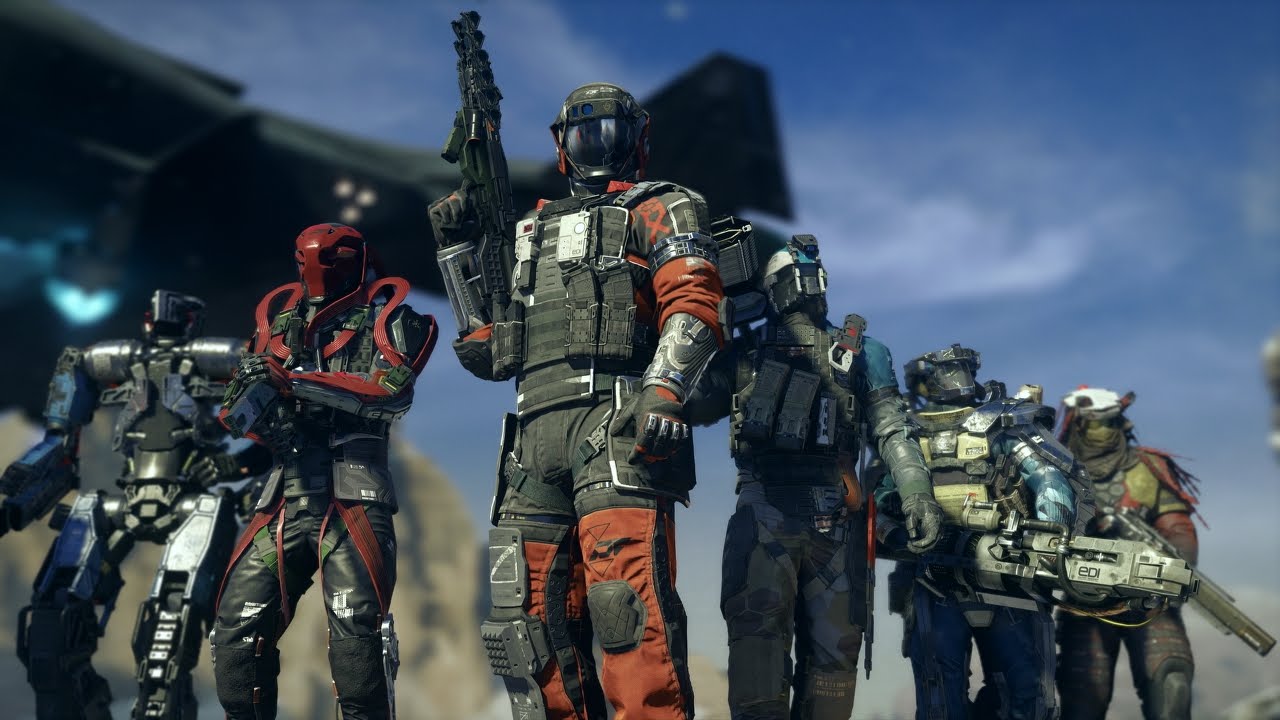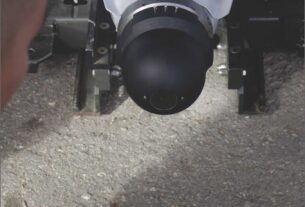Robotic technology for modern warfare
Growing military investment in robotic technology-by the US as well as some 40 other nations-indicates that robots are rapidly becoming an important piece of tomorrow’s military arsenal.
One of the most profound changes in modern warfare is the astonishingly rapid rise in the use of robots on the battlefield. Robots can easily and safely perform tasks that would otherwise endanger human lives, and do so faster and more efficiently than is possible with conventional methods. Military missions can be incredibly boring as well as physically taxing, and robots are proving attractive for roles that fill what are called the three D’s (Dull, Dirty, or Dangerous).
At a basic level, robots are defined as automated machinery with the ability to sense, be stimulated, and imitate cognitive processes. A wide array of such machines have already been created for military programs. Currently, militaries employ robots to conduct duties such as spying, inspecting high-risk zones, and assisting the wounded.
Smart machines are already very much a part of modern warfare. New robots — none of them particularly human-looking — are being designed to handle a broader range of tasks, from picking off snipers to serving as indefatigable night sentries.
When the US military invaded Iraq just over a decade ago, it only had a handful of unmanned systems, aka drones, in the air, and zero deployed into the ground forces. Today, its inventory in the air numbers well over 7,000, ranging from the now famous Predator and Reaper to the Navy’s new MQ-8 Fire Scout, a helicopter drone that just completed a series of autonomous takeoffs and landing tests from the back of a guided-missile destroyer.
On the ground, the inventory numbers some 12,000, ranging from iRobot’s PackBots, used to search for roadside bombs in Afghanistan, to the U.S. Marine Corps Warfighting Lab’s tests with Qinetiq’s Modular Advanced Armed Robotic System, a tracked robot that mounts cameras and a machine gun.
The revolution
It was in Iraq that robots on the ground have shown how they can help save lives with the deployment of unmanned ground vehicles tasked with defusing the roadside bombs and improvised explosive devices that killed and maimed thousands of U.S. troops in Iraq and Afghanistan
This revolution is by no means just an American one. At least 87 other countries have used military robotics of some sort, ranging from the UK to China. Other forces, from rival superpowers Russia and China to smaller countries and insurgent groups like ISIS, are developing their own combat robots, raising the possibility of a Cold War-style race to build offensive and defensive bot technology.
Perhaps the biggest change that looms, however, is in the robots’ intelligence and autonomy. The early Predator-class systems were “unmanned” only in that a human wasn’t inside them. On the ground, human operators had to remotely instruct their every function and move. The current versions are now more automated, able to do things like take off and land on their own, fly to various mission waypoints on their own, and carry sensors that make sense of what they are seeing for the humans.
Ground robots can foreseeably carry supplies and navigate difficult terrain when a soldier indicates a point on a map. Ideally, they would also be reliable enough to travel with troops without requiring full-time attention from a member of the unit.
Autonomous ships and subs will be capable of increasingly complicated maneuvers and coordination with other robots, even when they lose contact with their human commanders. Similar vessels could patrol hazardous areas or monitor largely dull expanses of sea more cheaply than manned vessels.
Naval robots, particularly those that operate underwater, require more autonomy than flying drones or land robots, since they’re more likely to lose connections with human operators.
Some autonomous aerial drones will likely fly in larger swarms, making group decisions and changing formations based on their surroundings faster than they could with humans controlling every turn.
Rapid advances in robotics, machine-learning and big-data analytics are transforming the modern warfare and at once driving the so-called “fourth industrial revolution”. Mobilization and deployment of these technologies will shape the balance of economic and military power among the leading powers in the coming decades. At the core of all this is the artificial intelligence (AI). While autonomous weapons cannot replace humans any time soon, AI technologies have the potential to augment our ability to handle very complex military tasks more quickly. It’s this man-machine interface that will be at the core of the new military revolution that’s unfolding.
Although, India has invested in the military research on AI and robotics, the changes in its security environment and the technological advances around the world requires a high-level political commitment and calls for long-term partnerships with like minded countries.
Human soldiers
Another approach to implementing robotic weapons systems is to combine them with humans, whose bodies could be augmented with robotic technology. This concept offers the best of both worlds: the quick reaction times, precision, and strength of robotic systems and the control and superior cognitive abilities of humans
DARPA’s Land Warrior and its successor projects like Objective Force Warrior, Future Force Warrior, and Warrior Web aim to equip soldiers with wearable computers, advanced communications gear, helmet visors with night vision and head-up-display, and robotic exoskeletons for improved mobility. While the potential may be vast, such human enhancement has suffered the same setbacks and slow progress as the development of other robotic systems. The gear is still too heavy, and the exoskeletons that could enable soldiers to carry more and move faster lack a sufficient power source.
DARPA’s Accelerated Learning program, for example, seeks to apply the best practices of learning as demonstrated by neuroscience and statistical modeling. Evidence shows that specific placement of electrodes on the body can significantly reduce the learning curves for fighters in different contexts. Programs such as Z-Man seek to give humans the ability to scale walls like lizards, which would improve their ability to operate in urban areas. Other proposed avenues in human enhancement include abilities as seemingly far-fetched as telepathic communication and eating grass. The possibilities for the future appear endless.
The prospect of humans enhancing their senses, dexterity, stamina, and ability to learn has exciting consequences far beyond the realm of military technology.
The US is willing to develop “super soldiers” who could be deployed anywhere in the world within hours and remain in the field for extended periods of time. Their bodies and performance could potentially be enhanced through nanosensors that constantly monitor their medical status, embedded nanoneedles that release drugs when needed, and possibly even nanorobots that can quickly heal wounds in the field.
These “super soldiers” might be supported by a range of robotic devices and weapons systems, including robotic dogs to carry their gear, drones to resupply them, and robotic platforms from which to call in long-range precision strikes. The soldiers could one day assign robot helpers specific missions that they could then carry out with little human supervision
However, robotics and human enhancement also pose alarming prospects of ethical blowback.
At least 19 countries and international organizations, including Human Rights Watch, have called for an international ban on autonomous, lethal robots, potentially similar to existing restrictions on undetectable mines and blinding laser weapons.
Human Rights Watch argued in a 2012 report that fully autonomous, lethally armed machines might not even comply with existing international law. They might not be smart enough to recognize the complex cues needed to tell civilians from combatants,
They might also struggle with other factors required under international law: deciding whether the military benefits of an attack overcome potential risks to civilians, and even when it’s necessary to apply force at all, like when a human target appears to be wounded. They might also lack the natural human restraint and compassion that can keep troops from doing inhumane things.
Emotionless robots could, therefore, serve as tools of repressive dictators seeking to crack down on their own people without fear their troops would turn on them.
Regulation is the key if these systems are going to be used. It should be introduced in a very guarded and controlled manner into the battlefield, and not rushed out there.
Thoughtful regulation and thorough long-term planning for robotics and human enhancement are critical to averting instability and disaster in the future.




